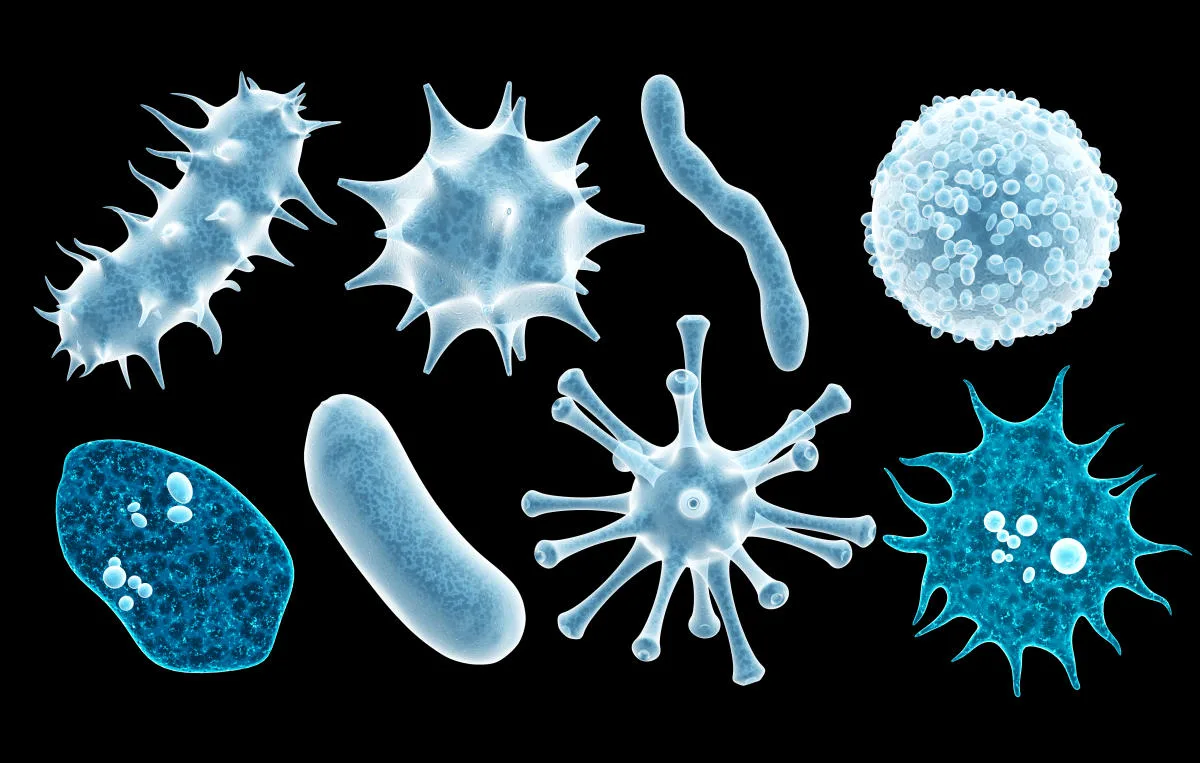We may have an adequate understanding of the human body to the extent that, well, we invented aspirin and sequenced the genome, but researchers are still discovering new things about the humble homo sapien. Concrete example ? Scientists which hangs around in the human intestine and mouth. Researchers call these virus-like structures “obelisks,” due to their presumed microscopic shape.
These entities replicate like viruses, but are much smaller and simpler. Due to their tiny size, they belong to the class of “viroids”, which are generally single-stranded RNAs without a protein coat. However, most viroids are infectious agents that cause disease and this does not appear to be the case with these little obelisks,
So why are they inside us and what do they do? That's the big question. Discoverers from Stanford University, the University of Toronto and the Technical University of Valencia have some theories. They can influence gene activity within the human microbiome, although they are also found in the mouth. To this end, they were discovered using the common oral bacteria Streptococcus Sanguinis as a host. These viroids have been suggested to infect various bacteria in the mouth and intestines, although we do not know why.
Some obelisks appear to contain instructions for enzymes needed for replication, so they appear more complex than your average viroid, Regardless, there is a “chicken and egg” debate that has raged for years over whether viruses evolved from viroids or whether viroids actually evolved from of viruses, so further study might finally put this argument to rest.
Although we don't know exactly what these obelisk sequences do, scientists have discovered how widespread they are in our bodies. These sequences are found in about seven percent of human gut bacteria and 50 percent of oral bacteria. Gut-based structures also exhibit a distinct RNA sequence compared to mouth-based obelisks. This diversity has led researchers to proclaim that they “constitute a class of diverse RNAs that have colonized and gone unnoticed in human and global microbiomes.”
“I think this is one more clear indication that we are still exploring the boundaries of this viral universe,” said computational biologist Simon Roux of the DOE Joint Genome Institute at Lawrence Berkeley National Laboratory. Science.
“It’s insane,” added Mark Peifer, a cellular and developmental biologist at the University of North Carolina at Chapel Hill. “The more we look, the crazier things we see.”
Speaking of frontier medicine, scientists to detect cancer cells and biometric implants after a replacement operation. The human body may be about as vast and mysterious as the ocean, or even space, but we are slowly (very slowly) solving its riddles.

